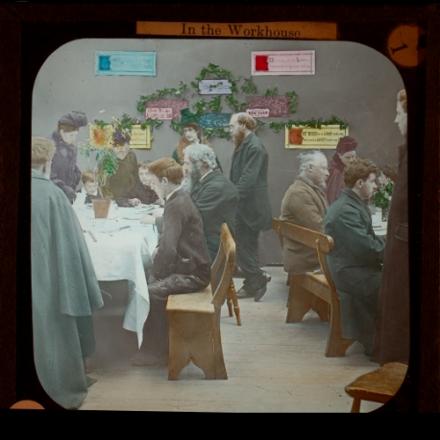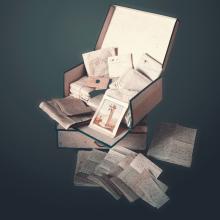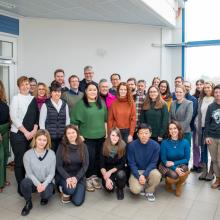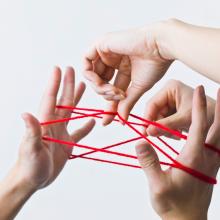eLaterna
Media-Historical, Methodological and Media-Technical Basics of the Digitization of Works of Historical Art of Projection

Project Management: Prof. Dr. Martin Loiperdinger (Universität Trier – Fach Medienwissenschaft) · Dr. Ludwig Maria Vogl-Bienek (Universität Trier – Fach Medienwissenschaft) · Universität Trier – Fach Medienwissenschaft · Prof Dr Claudine Moulin (Universität Trier - Germanistik (Ältere deutsche Philologie)) · Universität Trier - Trier Center for Digital Humanities (TCDH)
Project Participants: Universität Trier - Trier Center for Digital Humanities (TCDH)
Sponsors: Deutsche Forschungsgemeinschaft (DFG)
Running time: -
Contact person (TCDH): Dr Thomas Burch; Prof Dr Claudine Moulin
Research Area: Software Systems and Research Infrastructure, Digital Literary and Cultural Studies, Digital Edition and Lexicography
Keywords: Research and Teaching, “born digital”, 19th century, Sammlungen
Website of the Project: eLaterna
Although the art of projection was widespread as a mass medium in the 19th century and universally used as a cultural technique, it has hardly been researched until today. Many of the traditional glass pictures, which were projected onto a screen with a magic lantern in connection with live music and recitations, are in private collections and are therefore difficult to access. Even the specialist literature on media history is limited to a few publications despite the great importance of the topic. This research gap is to be closed with the DFG-funded project "Media-historical, methodological and media-technical foundations of the digitization of works of Historical Art of Projection".
The aim is to develop all media-historical, methodological and media-technical basics for the digitization of the traditional works of Historical Art of Projection and to compile them permanently on an international web portal. For this purpose, the works are recorded and reconstructed in their chronological order, general sources on historical projection art are systematically arranged and appropriate methods of image and sound recording and reproduction are prepared.
The Source Edition is Created
By using the latest processes and methods of digital humanities, digital source editions are to be developed, which in future will enable access to the works regardless of time and location. This requires cataloging and recording standards as well as technical guidelines in the area of metadata and long-term archiving, which are coordinated and developed with international partners. The virtual research environment FuD, as an integrated and network-based work platform, enables the web portal to be set up and makes the works of historical projection art accessible on the basis of critical digital source editions. In FuD, the databases of the existing Lucerna database are first imported, which are then configured and adapted using web-based tools for the creation and elaboration of the critical digital source editions.
The research project thus creates the prerequisites for further research into Historical Art of Projection and offers interested humanities and social scientists not only permanent access to documents, artefacts and traditions but also an ever-present reconstruction of the sequences of the photographs in coordination with music, text and song.










